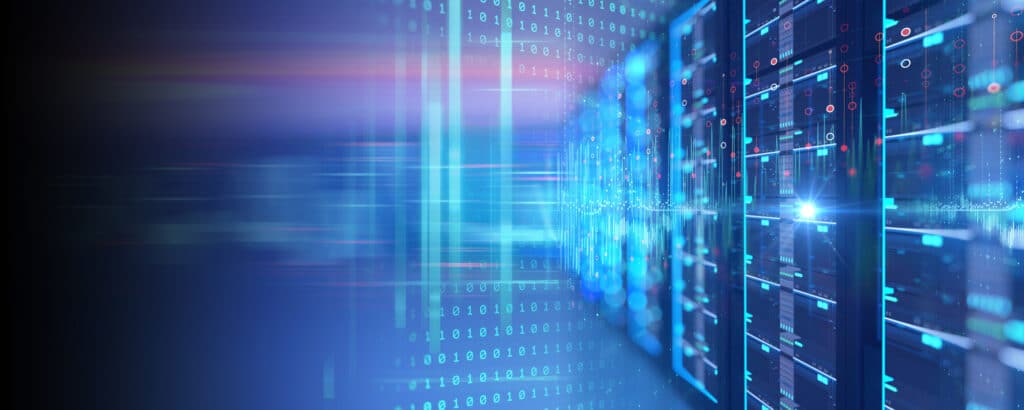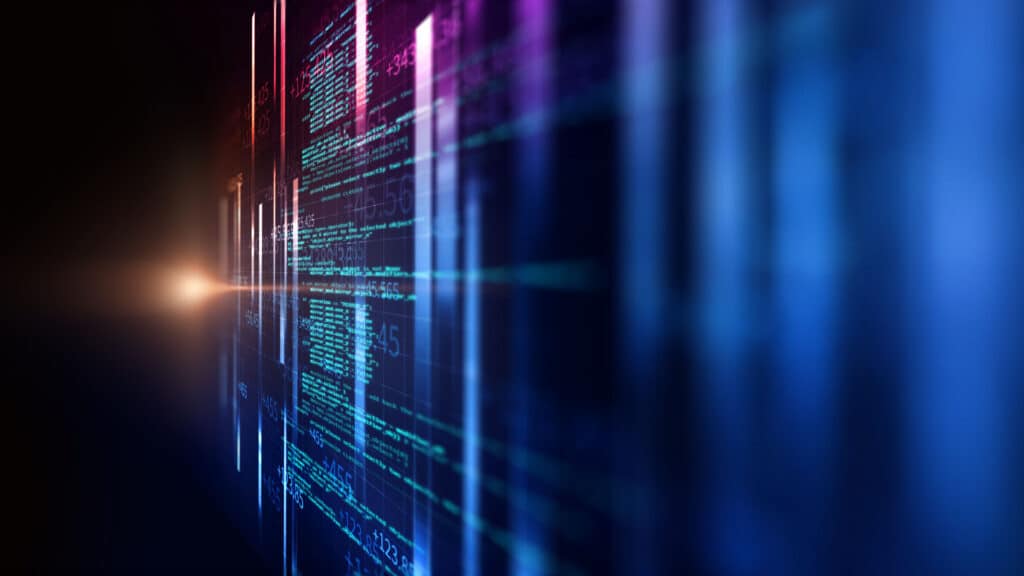
Electronic health records (EHRs) have become the standard for maintaining patient medical histories. Everything from doctors’ notes to medical imaging scans can be kept on file for reference during diagnosis and treatment. However, storing these records is only part of the equation. To make use of EHRs, health care providers must make them easily and securely
 accessible to both patients and members of a treatment team.
accessible to both patients and members of a treatment team.
Faster and more reliable connectivity through fiber optic networks encourages EHR accessibility. Improved connectivity allows health care providers to build on their investment in EHRs by exploring new forms of health care technology.
Power to the Patient
Connectivity gives patients greater access to health care and better visibility into their overall health. Health care technology empowers patients to monitor their health, connect with health care providers, and be proactive about making lifestyle changes.
Mobile devices allow patients to monitor vital signs, such as heart rate, blood sugar level, and blood pressure. Patients can be alerted to alarming trends in their vital signs so they can reach out to their doctors in time to act. These monitors also track calorie intake, exercise habits, and weight so people can keep track of progress on fitness goals.
Mobile devices give patients more options for interacting with their doctors. They can schedule video visits or email consultations through a smartphone or tablet. Even if patients live in remote areas, they can gain access to specialists through mobile devices.
Fiber optic connectivity provides a strong digital signal so doctors can view high-resolution images during consultations. Seeing and hearing the patient clearly during a remote consultation is crucial to making an accurate diagnosis.
Health Care Collaboration
A fast network increases the effectiveness of telemedicine. Through telemedicine, doctors and other members of the health care team can collaborate on diagnosis and treatment for better outcomes. Web conferencing gives doctors access to real-time guidance from specialists during consultations or even surgery.
Texas Tech University is launching a pilot telemedicine program that will bring trauma expertise to EMTs in rural Texas. The program will allow trauma experts to assist EMTs during long ambulance rides or while on a medivac helicopter so they can help patients experiencing trauma, cardiovascular events, and strokes more quickly. A telemedicine backpack will be used to conduct remote patient evaluations (RPEs) that enable trauma victims to receive treatment within the short window of time necessary to save their lives.
STAT reported that after Hurricane Harvey, evacuees could receive medical care for issues such as asthma, infections, and injuries thanks to telemedicine. Representatives of Children’s Health, a pediatric health care provider, remotely treated storm victims that were sheltering at the Dallas Convention Center.
Inspiring the Confidence to Innovate
Having a fast connection isn’t enough to make these revolutionary health care technologies feasible. The network connections also need to be secure. The health care industry must comply with strict HIPAA compliance regulations. HIPAA stipulates that health care records remain accessible to patients while being protected from unauthorized access. Health care organizations that fail to comply face stiff financial penalties.
EHRs need special protections because they are highly sought after by cybercriminals. The sensitive information in EHRs commands high prices on the black market because the data can be used to commit lucrative insurance fraud or obtain medications that can be resold.
Joining the Health Care Technology Revolution
Health care organizations shouldn’t be held back from reaping the benefits of innovations such as telemedicine. A sound fiber optic network provides both the security and performance needed to give patients and doctors access to real-time, actionable health care information.
With fiber optics, information travels nearly at the speed of light. The signal quality enables doctors to receive crisp, clear audio and high-resolution video images on a secure connection.
FirstLight has a proven track record of helping health care organizations meet their connectivity goals. We understand that hospitals and medical centers need to transmit vital patient information between facilities and receive communications from EMTs out in the field. It’s literally a matter of life and death.
Find out more about FirstLight’s health care solutions and download our free network services buying guide for health care organizations.





















